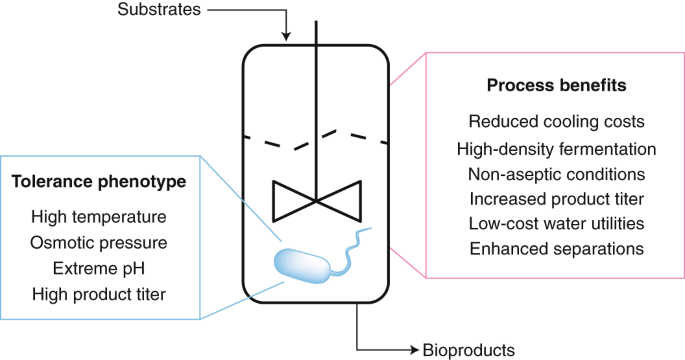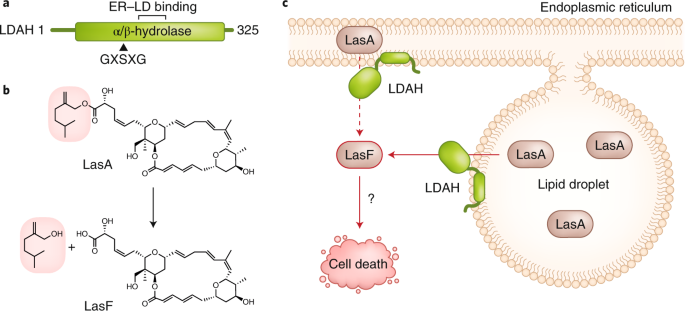
- Select a language for the TTS:
- UK English Female
- UK English Male
- US English Female
- US English Male
- Australian Female
- Australian Male
- Language selected: (auto detect) - EN
Play all audios:
Access through your institution Buy or subscribe The primary goal of a genome scan is to find the genetic loci that influence a particular phenotypic trait. If evidence for a locus is found,
it is also very useful to know the locus effect size—how much of the heritability of the phenotype is attributable to variation at that locus. And that's where the problem lies. The
position of the locus is estimated by the LOD score, which measures the likelihood of linkage at any given location, but because the LOD score is positively correlated with the effect size
of the locus, the location and the heritability of the locus cannot be estimated independently from the same data set. To study this phenomenon—which has been well documented in experimental
species—in the context of human genetics, Göring _et al_. simulated and mathematically analysed a fairly typical genome scanning experiment: the hypothetical population comprises 1,000
families, each with two offspring; the trait being modelled has a heritability of 0.5, with variable numbers of QTL; genotypic data are available from markers at 2-cM intervals; and there
are no complicating factors such as epistatic or gene–environment interactions. But even with this well-behaved data set, the authors found that there is no way to reliably estimate the
heritability effect of any QTL. Their mathematical analysis of the problem shows that the QTL effect is always overestimated, although this bias does fall away with increasing sample size.
This is a preview of subscription content, access via your institution ACCESS OPTIONS Access through your institution Subscribe to this journal Receive 12 print issues and online access
$209.00 per year only $17.42 per issue Learn more Buy this article * Purchase on SpringerLink * Instant access to full article PDF Buy now Prices may be subject to local taxes which are
calculated during checkout ADDITIONAL ACCESS OPTIONS: * Log in * Learn about institutional subscriptions * Read our FAQs * Contact customer support REFERENCES ORIGINAL RESEARCH PAPER *
Göring, H. H. H. et al. Large upward bias in estimation of locus-specific effects from genomewide scans. _Am. J. Hum. Genet._ 69, 1357–1369 (2001) Article Google Scholar FURTHER READING *
Cardon, L. & Bell, J. Association study designs for complex diseases. _Nature Rev. Genet_. 2, 91–99 (2001) Article CAS Google Scholar Download references Authors * Mark Patterson View
author publications You can also search for this author inPubMed Google Scholar RELATED LINKS RELATED LINKS WEB SITES John Blangero's lab RIGHTS AND PERMISSIONS Reprints and
permissions ABOUT THIS ARTICLE CITE THIS ARTICLE Patterson, M. Wake-up call for genome scanners. _Nat Rev Genet_ 3, 9 (2002). https://doi.org/10.1038/nrg709 Download citation * Issue Date:
01 January 2002 * DOI: https://doi.org/10.1038/nrg709 SHARE THIS ARTICLE Anyone you share the following link with will be able to read this content: Get shareable link Sorry, a shareable
link is not currently available for this article. Copy to clipboard Provided by the Springer Nature SharedIt content-sharing initiative





